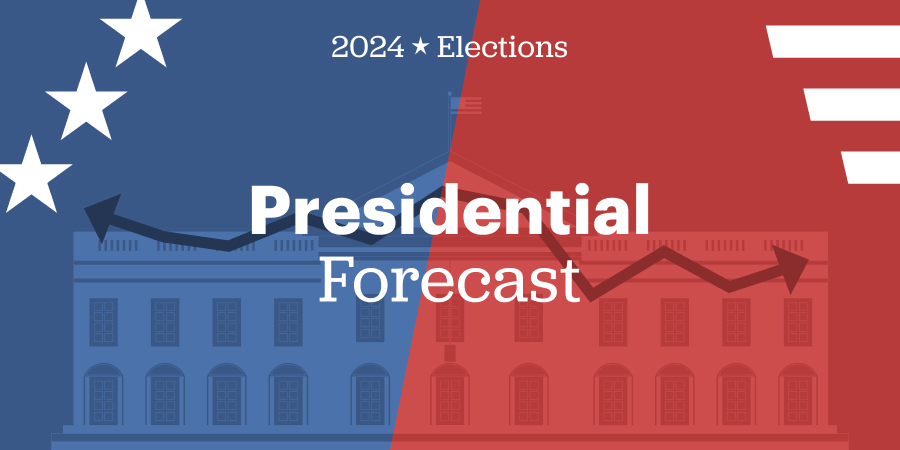Chance of winning the house
Our model is updated every day, blending the latest data on polls and fundraising with "fundamental" factors like incumbency and each district's partisan lean. This graph tracks each party’s probability of winning control of the House over time.
House Seats Projections
Republican: 218
Democrat: 217
This graph tracks each party’s projected seat count in the House over time.
Chance of winning each district
This chart visualizes the current probabilities of each party winning individual races. Circles positioned further to the left indicate a higher likelihood of a Democratic victory, while circles to the right suggest a stronger chance for Republicans. Use the 'DEM' and 'GOP' filters to view states most likely to support the respective parties.
House Seats Simulations
These graphs display the distribution of House seat counts from 14,000,605 simulations for both Democrats and Republicans. The lighter shaded areas to the left of the dotted line depict scenarios where a party fails to secure a majority, while the darker shaded areas to the right represent majority-winning outcomes. Each bar indicates the percentage of simulations resulting in a specific seat count.
Featured Races
Explore the latest probabilities in the most competitive presidential, Senate, and House races by selecting any of the races listed below.
Interested to see how the DDHQ/The Hill forecast works? Read our methodology statement.






